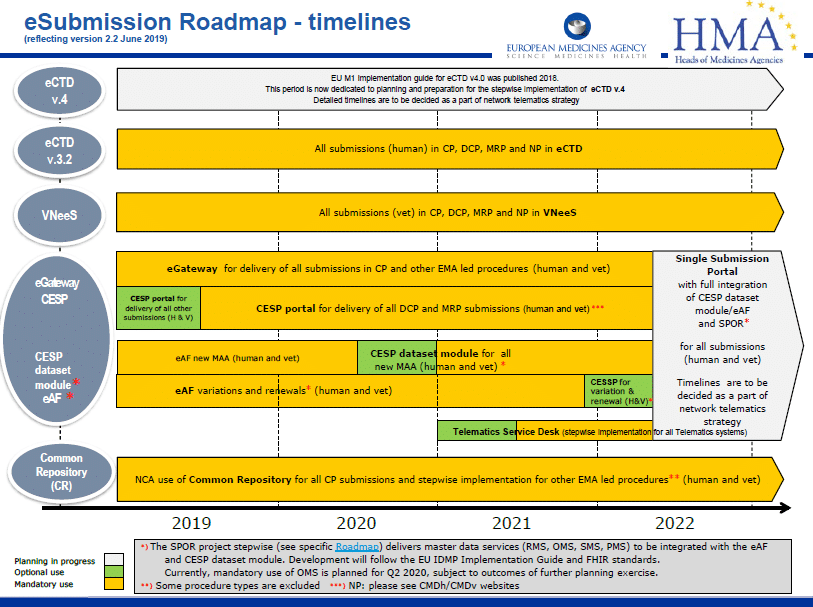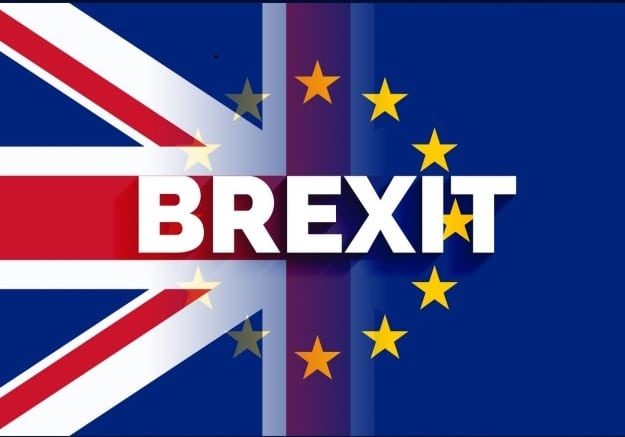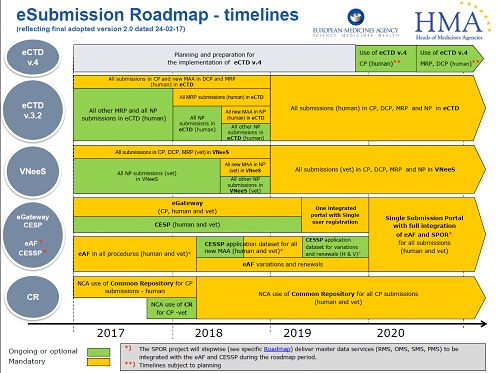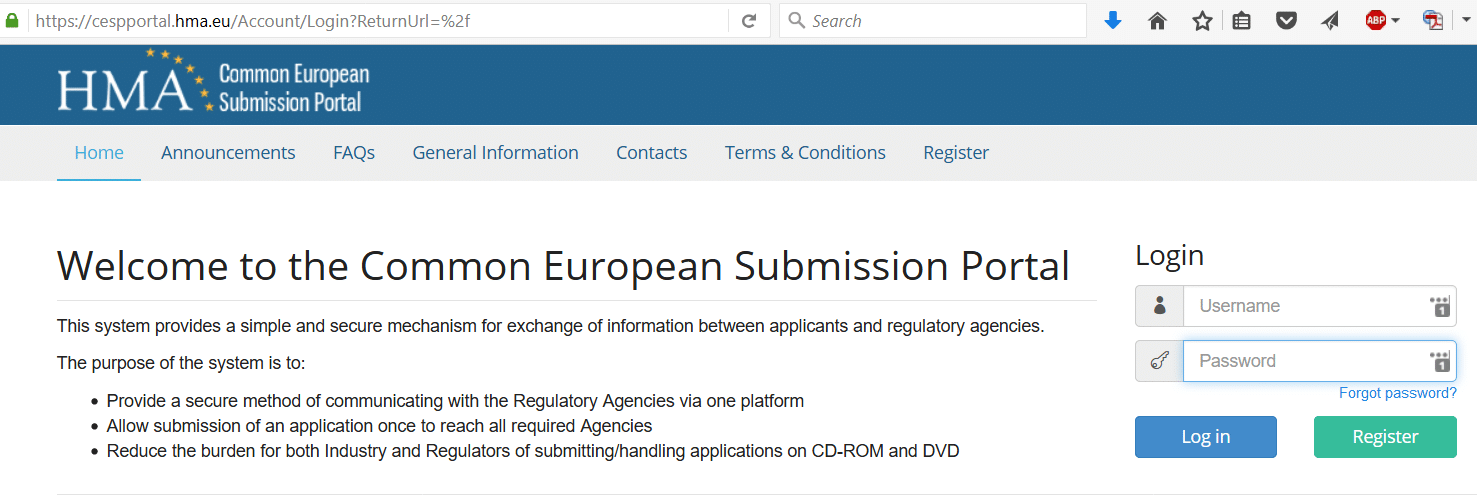Applying for Marketing Authorisation via national route or DCP procedure in Ireland – HPRA slot booking
The HPRA is now moving towards a system of slot allocation (expected submission dates) for new national product registration applications, in addition to the existing DCP slot requirement.
Upon request, applicants will be given a submission slot in an agreed month.
This will help capacity planning for timely assessment of applications and will help maintain access for products on the Irish and European markets.
Slot-booking for national product authorisation applications
Applicants should contact RMS@hpra.ie no later than two months before their preferred submission date to request their preferred slot. The email subject title should include ‘National MA submission’.
The following documents should be provided when requesting a slot.
- A CMDh common request form for reference Member States (RMS) which is available on the CMDh website.
- A justification of the relevance of the application to the Irish market.
- This should make reference to the unmet medical need your product will address and you may be asked if you intend to market the product in Ireland as part of your justification for applying to HPRA.
It is important that dossiers are complete before making a request, as delayed submissions may result in the loss of a slot.
If your preferred slot is not available, the next available slot will be allocated within a six-month window. Applicants will receive an email confirmation of a successful slot booking. While the HPRA are adapting to this new process we will try to facilitate applications which require an earlier start date.
Slot-booking for DCP authorisations
If you would like the HPRA to function as an RMS, please contact RMS@hpra.ie at least three months before your preferred submission date to request your preferred slot. The email subject title should include ‘DCP submission’.
When requesting a DCP slot applicants should also provide the completed CMDh common request form for an RMS.
Again, It is important that dossiers are complete before making a request, as delayed submissions may result in the loss of a slot.
If your preferred slot is not available, the next available slot will be allocated, within a two-year window. Applicants will receive an email confirmation of a successful slot booking. The HPRA also operates a cancellation list for slots which become available at short notice.
Scientific advice
Due to the complexities of Article 10a applications, applicants should obtain national scientific advice before submitting requests for such new applications. Further information can be found on our national scientific and regulatory advice page.
Ireland as a CMS
Furthermore, IE routinely participates as a Concerned Member State (CMS) in standard DCP procedures. A zero-day procedure as a CMS may be possible for medicines where Ireland is experiencing a critical shortage of a particular medicine.
Need support
Feel free to contact us here at ERA to assist you with all things regulatory in Ireland, UK and across the EU.
We take the pain out of regulatory so that you can take your medicine to the next level.
Written by
Alice D’Alton













